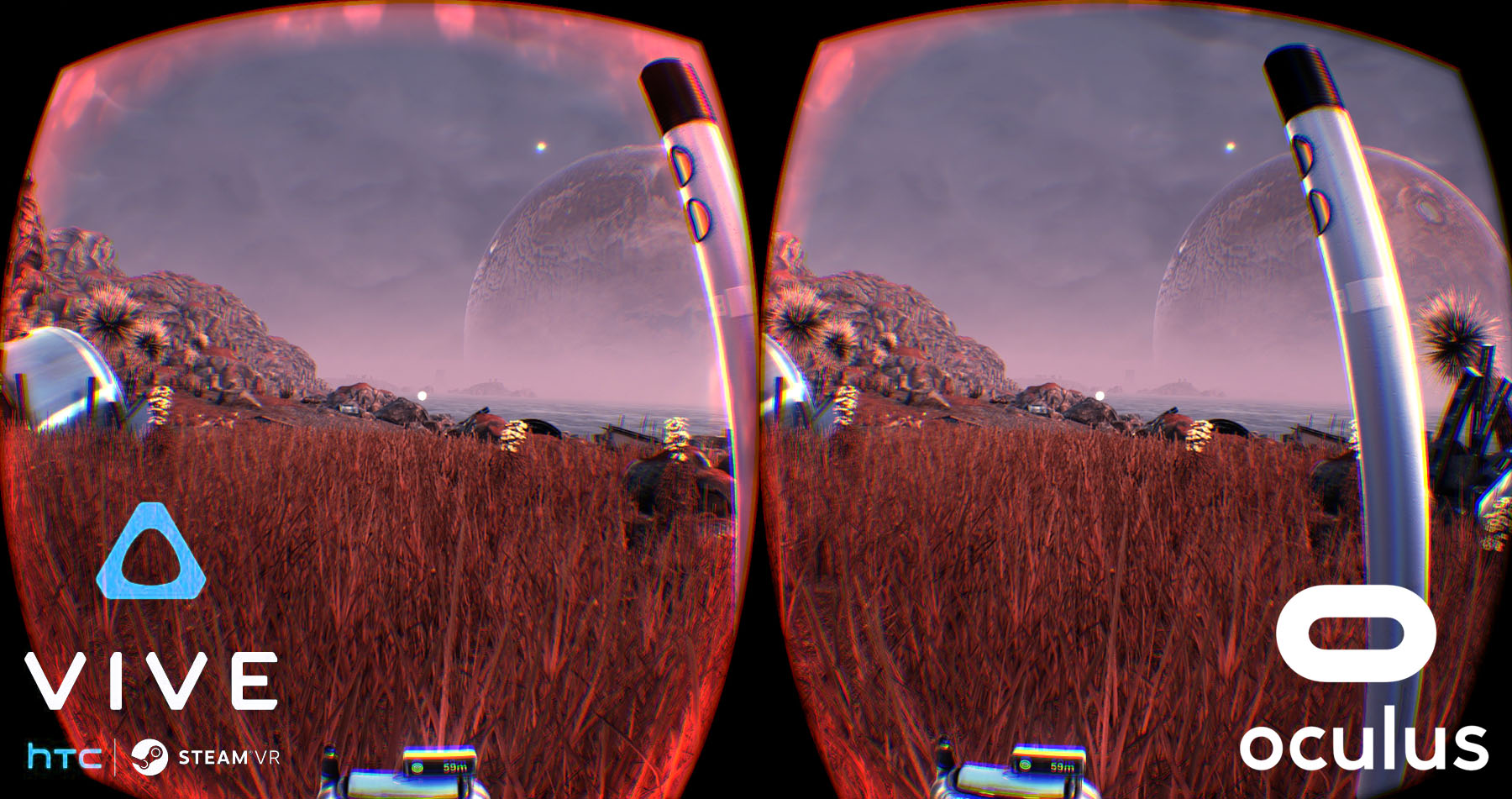

I only scale meshes to a maximum of 1.5 or such the original scale, so the stretching is not too obvious. ** For meshes that you have duplicated and stretched or otherwise modified, do you have to re uv unwrap those and re-match the proportions to that texture sheet as well as the other meshes already unwrapped?** For example to curve it you don’t need to change the Uvs, you just bend it and that is that. Yes, but once you made one mesh you keep the uvs, and you just modify the mesh with the uvs already present. ** If the above is true, does that mean that you have to individually place the uvs in the correct locations for each iteration of each mesh?** The floors/walls/ceilings are tiling textures. It holds everything used by pillars/bars/beams/etc. ** Does that texture sheet hold the materials for all your base items?** I do the opposite, in line with the Lego like level building approach.

Most people first model and then texture it. And then I figured what kind of meshes I could extract out of the texture. I mean that I began by designing a texture, and I made the texture first. ** In the video where you briefly described what you did to make your meshes, you showed a texture sheet and said you built your meshes based on that. You can probably find many more exceptions. A game that has a wide variety of textures (mine does not) may need to opt for a generally smaller size also as otherwise it would add up too much. Really big stuff far away in the distance would not need a big texture of course. Hard to answer.Īre there exceptions to the above rules?** Texture wise? I find 8k total overkill, and of course 256 or such would be much too small for most things. ** Are there sizes that are generally too big or too small?** 4k for anything really big, important (items you hold upclose for example), or used all over (the building pieces - used so much it is worth the investment in memory for a large texture). I use 2k as standard for almost everything. ** What are the suggested texture sizes for certain base mesh items?** Ill try to answer your questions but I am going to have to stay brief on some of the questions due to time pressure. Thank you for taking the time to read this and I hope you don’t feel I am overstepping my bounds. You have already given so much to the community and I feel bad for asking even more, but I would feel even worse if I let this opportune moment pass by without asking these questions. These are just some of the questions I feel I am left with that the video has not explained (unless I just haven’t gotten to these parts yet, in which case ignore this entire post).

Could you briefly go through your process of tessellating and displacing a plane using a height map?.Could you explain why tossing on new textures onto meshes that weren’t made for them doesn’t result in stretched or distorted textures? (that was a big surprise when I saw nothing ******** up texture wise in the video).If the above is not the case, is there a method of automatically fixing the uvs you have changed in order to not get stretched textures?.For meshes that you have duplicated and stretched or otherwise modified, do you have to re uv unwrap those and re-match the proportions to that texture sheet as well as the other meshes already unwrapped?.If the above is true, does that mean that you have to individually place the uvs in the correct locations for each iteration of each mesh?.Does that texture sheet hold the materials for all your base items?.In the video where you briefly described what you did to make your meshes, you showed a texture sheet and said you built your meshes based on that.Are there exceptions to the above rules?.Are there sizes that are generally too big or too small?.What are the suggested texture sizes for certain base mesh items?.Yea, I understand you get alot of your textures from and that you went over a little bit about how you went about making all your models in this video:, but I was wondering about some of the finer details of why things specifically work. Something I was rather hoping I would get to see, however, was at least a small overview on what you did to get all of the base assets that seem to fill every role you put them in. Hey Hourences, love the tutorials! Currently watching the level design one and I am amazed at how little effort it takes to build a good looking level if you just apply a little bit of brain power and fore thought to the process (putting my caveman brain to shame!).


 0 kommentar(er)
0 kommentar(er)
